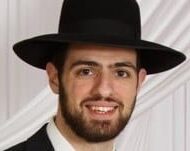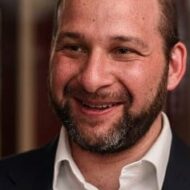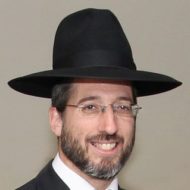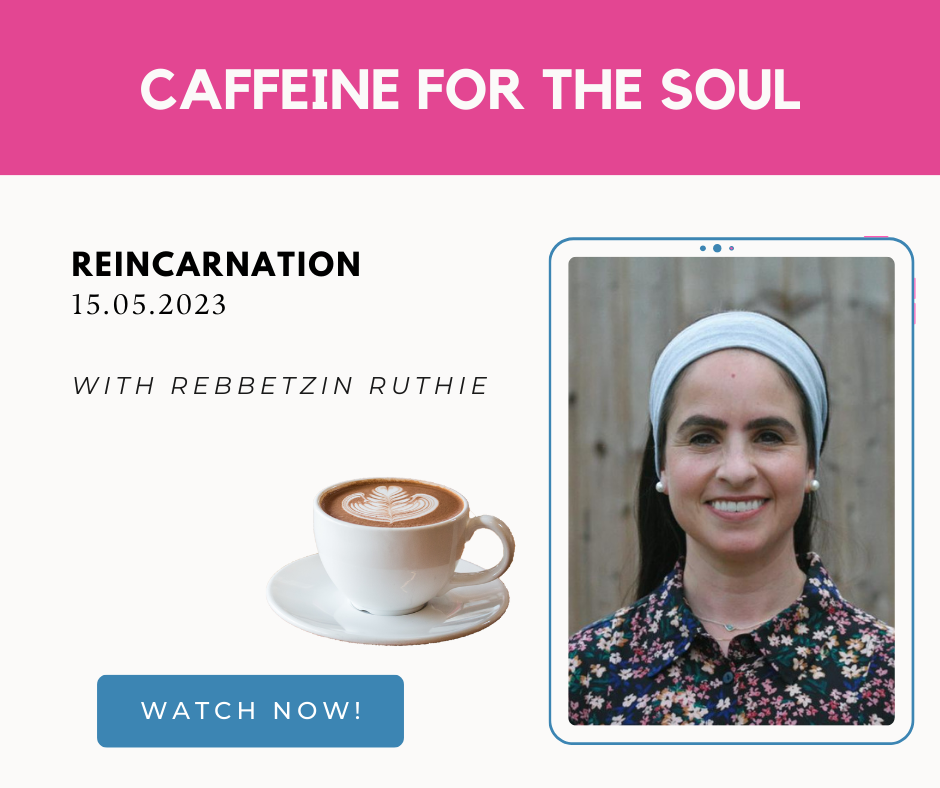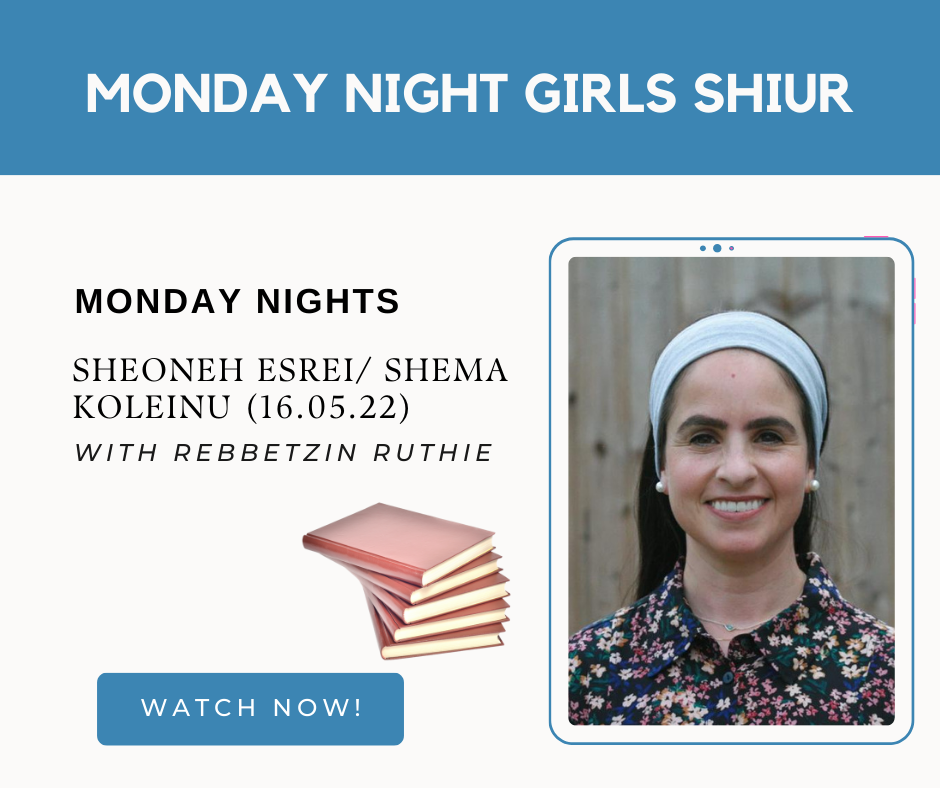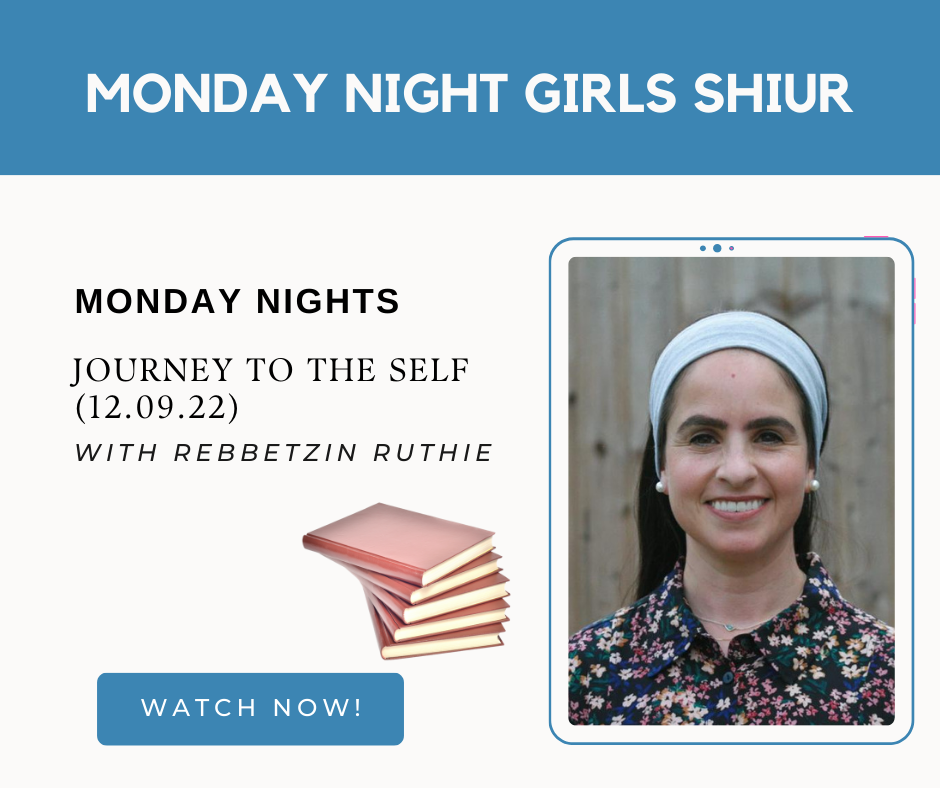In the beautiful Purim song we joyously sing “LayehudimhoysohOiroh, VeSimchaVeSoson…”
What is the double expression of Simcha and Soson?
In the Megilla we read that when Achashverosh heard about the fate of Esther’s people he asked in an apparent repetitive statement ‘mi huzeh, ve’eizehhu’.
The King asked regarding the ‘zeh’ and the ‘hu’.
What does this allude to?
The Vilna Gaonzatza’l quotes from a Possuk in ParshatMishpotim which deals with the laws of a man who is ‘modehb’mikzat’. This refers to an instance wherein a lender requests that the loanee repay the debt. If the creditor admits to only owing half the sum and denies owing anything else – we regard him with suspicion. The Gemoro in BovoMetzio explains that the creditor is unable to deny the entire loan as he doesn’t possess such arrogance and ingratitude and so resorts to admitting to a part payment.
As such – he needs to make an oath, otherwise he would be liable to repay the entire sum requested.
The Torah uses the words ‘kihuzeh’.
The Gr’a explains wondrously that these two terms are diametrically opposed.
Zeh indicates an item that is in hand and can be pointed to, while hu is merely identifying an item but not at hand.
Thus, he rationales that when the creditor says ‘huzeh’ it means that his response to the lender is that part of the loan is zeh – here and ready to be collected, while the other part is ‘hu’ – and non – existent.
The Gemoro in Megilla teaches that Achashverosh and Homon both hated us r’l, and compares them to an individual who had an empty pit in his garden. Upon seeing another person who had spare soil, the first person offered to buy it from him. The second individual was astounded – he replied that he didn’t want the money – he just wanted to rid himself of that earth and would give it away gratis.
Homon was the first perosn – willing to pay for the annihilation of the Jews, while the king also saw us as troublesome.
While Homon openly despised the Jews and made no secret of his hatred – the king hated us even more – but managed to disguise it, until…
When Achashverosh questioned Esther – he was subtly asking – whether she not only knew about the ‘zeh’ the individual to whom she could point; but also the ‘hu’ he was querying whether she also knew who the secret enemy was!
We can now understand why the Gemoro in Megilla tells us that Esther initially started to point to the king (RavChaimKanievskyShlit’o explains that this was due to Esther’s total commitment to the absolute truth and inability to veer away from the MiddatHo’Emet) until the Malach pushed Esther’s hand to point it at Homon.
KlalYisroelwere thus saved both from their hidden and revealed enemies.
I would like to humbly suggest that this is the meaning behind the words in the Megilla which have now become our famous Purim Nigun ‘Layehudimhoisoh..SimchaV’soson…”.
Simcha refers to a visible happiness, while Soson is internal joy. On Purim we celebrate the intense joys of inner and outer happiness as HKBH saved us from both of our enemies.
Purim is a time akin to KabbalatHaTorah – as we sing ‘SisuVesimchub’SimchatHaTorah’ – let us merit that we too, in the zechut of our deep happiness with the Torah – that we also experience the ultimate happiness with being redeemed from all our enemies – UVO L’TZION GO’EL.
